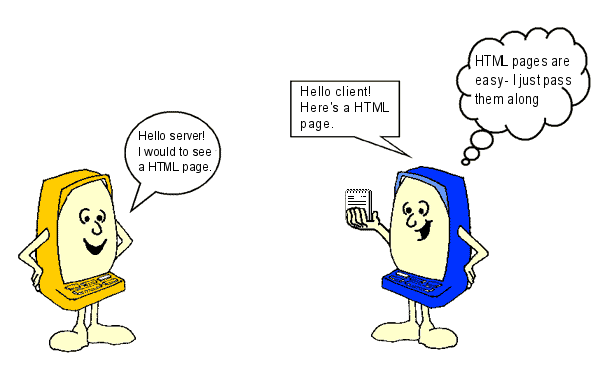PHP Tutorial - Learn PHP :
If you want to learn the basics of PHP, then you've come to the right place. The goal of this tutorial is to teach
you the basics of PHP so that you can:
- Customize PHP scripts that you download, so that they better fit your needs.
- Begin to understand the working model of PHP, so you may begin to design your own PHP projects.
- Give you a solid base in PHP, so as to make you more valuable in the eyes of future employers.
What You Should Already Know:
Before you continue you should have a basic understanding of the following:- HTML/XHTML
- JavaScript
What is PHP?
PHP was originally an acronym for Personal Home Pages, but is now a recursive acronym for PHP: Hypertext Preprocessor.PHP was originally developed by the Danish Greenlander Rasmus Lerdorf, and was subsequently developed as open source. PHP is not a proper web standard - but an open-source technology. PHP is neither real programming language - but PHP lets you use so-called scripting in your documents.
To describe what a PHP page is, you could say that it is a file with the extension .php that contains a combination of HTML tags and scripts that run on a web server.
How does PHP work?
The best way to explain how PHP works is by comparing it with standard HTML. Imagine you type the address of an HTML document (e.g. http://www.mysite.com/page.htm) in the address line of the browser. This way you request an HTML page. It could be illustrated like this:
What is MySQL?
- MySQL is a database server
- MySQL is ideal for both small and large applications
- MySQL supports standard SQL
- MySQL compiles on a number of platforms
- MySQL is free to download and use
PHP + MySQL:
- PHP combined with MySQL are cross-platform (you can develop in Windows and serve on a Unix platform)
Why PHP?
- PHP runs on different platforms (Windows, Linux, Unix, etc.)
- PHP is compatible with almost all servers used today (Apache, IIS, etc.)
- PHP is FREE to download from the official PHP resource: www.php.net
- PHP is easy to learn and runs efficiently on the server side
Where to Start?
To get access to a web server with PHP support, you can:- Install Apache (or IIS) on your own server, install PHP, and MySQL
- Or find a web hosting plan with PHP and MySQL support



0 comments:
Post a Comment